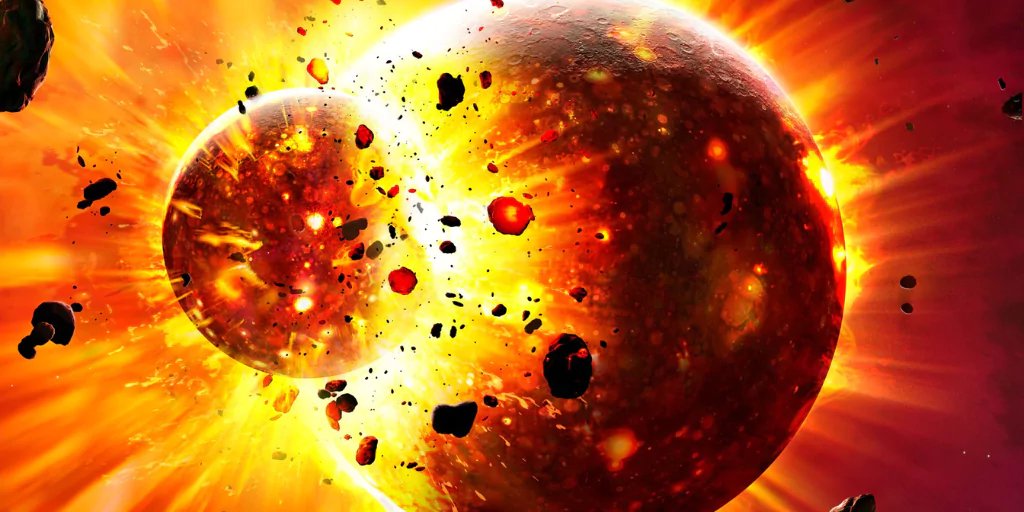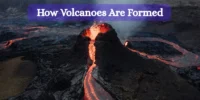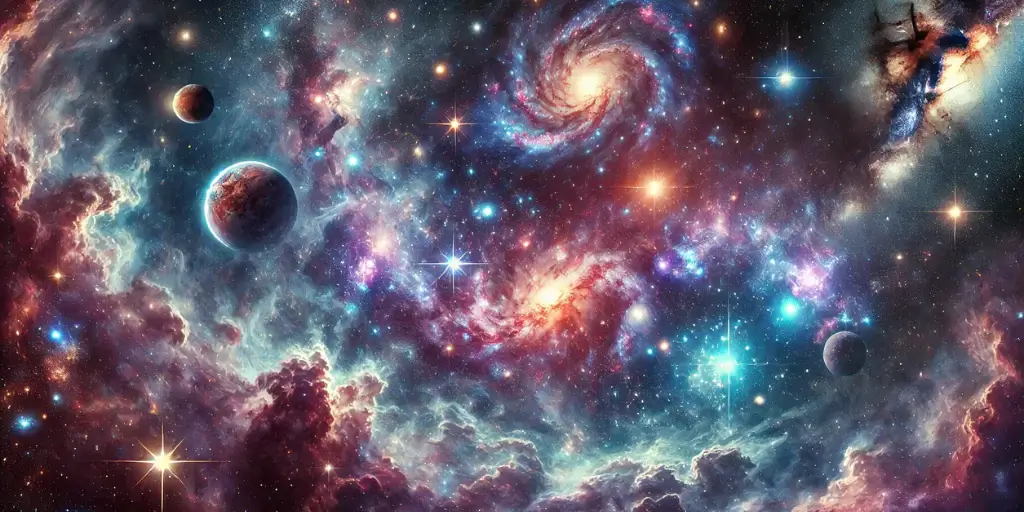Have you ever looked up at the sky and wondered where it all began? How did planet Earth — with its vast oceans, towering mountains, and astonishing biodiversity — come into existence? How Planet Earth Was Formed: From Stardust to a Living World is a story that stretches back over 4.6 billion years, shaped by fire, cosmic collisions, and swirling dust. In this journey, we’ll uncover the incredible events that transformed a cloud of space debris into the vibrant, life-sustaining world we now call home.
1. The Beginning: A Cloud of Dust and Gas

Our planet’s story begins about 4.6 billion years ago, long before humans or even dinosaurs existed. At that time, the solar system was just a massive cloud of gas and dust, known as a solar nebula. This cloud contained remnants of earlier stars, including heavier elements like iron and carbon.
Something — possibly a nearby supernova explosion — triggered this cloud to collapse under its gravity. As it did, it began to spin, flattening into a disk with the Sun forming at the centre.
2. From Dust to Planets
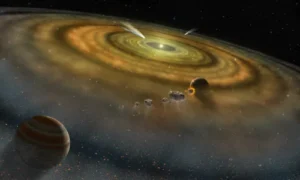
Around the young Sun, particles of dust began sticking together. These small clumps collided, merged, and grew larger over millions of years. Eventually, they formed planetesimals — the building blocks of planets.
Through countless impacts, one of these planetesimals gathered enough mass to become Earth. But it wasn’t the peaceful blue planet we know today — early Earth was chaotic, hot, and violent.
3. Earth’s Fiery Youth

In its early days, Earth was a molten ball of rock and metal, heated by the energy of constant collisions and radioactive decay. Over time, the heaviest materials — like iron and nickel — sank to the centre, forming the core. Lighter materials rose to the surface, forming the mantle and crust.
This process, called differentiation, gave Earth its layered structure.
4. The Moon’s Dramatic Origin
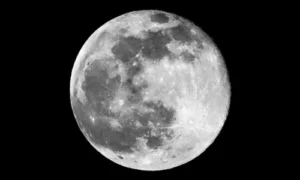
One of the most important moments in Earth’s formation was the giant impact. A Mars-sized object, named Theia, is believed to have collided with Earth about 4.5 billion years ago. The impact was so powerful that a massive chunk of debris was ejected into space.
That debris eventually clumped together and formed our Moon.
5. Water Arrives, Oceans Form
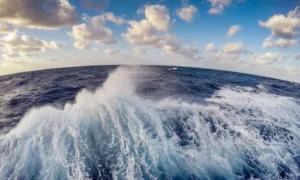
As Earth cooled, volcanic eruptions released gases, including water vapour, into the atmosphere. Over time, this vapour condensed and fell as rain, forming the first oceans. Some scientists also believe that icy comets brought water to Earth during this period.
These oceans would later become the cradle of life.
7. The First Life Appears

Once oceans formed and temperatures stabilised, simple life forms — such as bacteria — began to appear. These early organisms began the long process of changing Earth’s atmosphere, especially by producing oxygen through photosynthesis.
Over billions of years, life evolved into the complex ecosystems we see today.
How Do We Know All This?
Scientists have pieced together Earth’s history using:
- Radiometric dating of rocks and meteorites
- Seismic studies to understand the Earth’s interior
- Analysis of ancient minerals, like zircons
- Observations from space missions and telescopes
These tools help us look deep into Earth’s past, even though we weren’t there to witness it.
Conclusion: A Planet Like No Other
The formation of Earth is a cosmic story of dust, fire, water, and life. From the remnants of old stars to the lush green planet we now call home, Earth’s journey took billions of years. It is a rare world — perfectly balanced for life — and its origin is a reminder of just how unique and precious our planet truly is.


